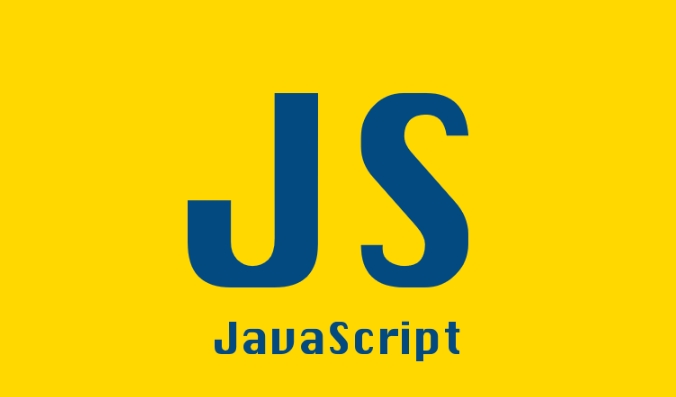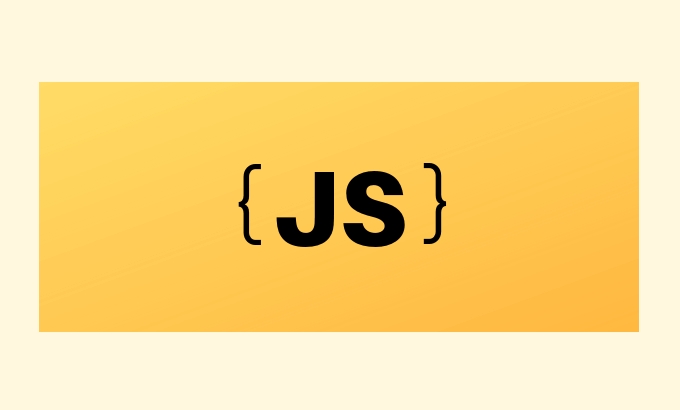This pointing in JavaScript depends on the way the function is called, not the location of the definition. 1. In the global context, this points to the global object (window in the browser, undefined in strict mode); 2. When called as an object method, this points to the object, but calling it alone will lose the context, which can be solved by bind or arrow functions; 3. In the constructor this point to the newly created instance; 4. The arrow function has no this itself, and it inherits the outer context and is not suitable for methods that need to bind the object; 5. In event processing, this usually points to the DOM element that triggers the event, but using arrow functions inherits the outer context. Mastering these rules can help avoid common mistakes.

In JavaScript, the this keyword can be a bit confusing because its value depends on how a function is called. It doesn't refer to the function itself or its scope, but rather to the object that "owns" the method at runtime.

Let's break it down with some common scenarios and practical advice.
Global Context: this Points to the Global Object
When you're in the global execution context (outside of any function), this refers to the global object. In a browser environment, that's the window object. In Node.js, it's the global object.

console.log(this); // In a browser, logs the window object
This behavior changes in strict mode:
"use strict"; console.log(this); // Logs undefined in a function, or the global object outside
Tip: Don't rely on this in the global scope — it can behave differently across environments, especially when modules or bundlers are involved.

Method Invocation: this Refers to the Owner Object
When a function is called as a method of an object, this inside that function refers to the object the method belongs to.
const person = {
name: "Alice",
greet: function() {
console.log("Hello, " this.name);
}
};
person.greet(); // Logs "Hello, Alice" Common mistake: If you assign the method to a variable and call it separately, this loses context:
const greetFunc = person.greet; greetFunc(); // Logs "Hello, undefined" in non-strict mode
To fix this, bind the context explicitly:
- Use
.bind(person)when assigning the function - Or use arrow functions if you don't want to bind manually
Constructor Functions: this Refers to the New Instance
When a function is used as a constructor with the new keyword, this refers to the newly created object.
function Person(name) {
this.name = name;
}
const alice = new Person("Alice");
console.log(alice.name); // "Alice"Here's what happens under the hood:
- A new empty object is created
-
thisinside the constructor points to that new object - The object is linked to the constructor's prototype
- The new object is returned automatically unless you return a different object
Note: If you forget new , this will point to the global object (or undefined in strict mode), which can lead to bugs.
Arrow Functions: this Is Lexically Scoped
Arrow functions do not have their own this . Instead, they inherit this from the surrounding lexical context.
const person = {
name: "Bob",
greet: () => {
console.log("Hi, " this.name);
}
};
person.greet(); // Logs "Hi, " (name is undefined) Because the arrow function uses the outer this , which in most cases is the global object or undefined , it's not suitable for object methods where you need access to the object itself.
Best practice: Use regular functions for object methods and arrow functions when you want to preserve the outer this — like inside callbacks.
Event Handlers: this Often Points to the DOM Element
When using this inside an event handler attached via traditional DOM properties ( onclick , etc.), this typically refers to the element that triggered the event.
<button onclick="console.log(this)">Click me</button>
That logs the <button> element itself.
But if you attach the handler via addEventListener , the same rule applies unless you bind another context:
document.querySelector("button").addEventListener("click", function() {
console.log(this); // Logs the button element
}); With arrow functions again, this is inherited:
document.querySelector("button").addEventListener("click", () => {
console.log(this); // Likely logs the window/global object
}); So be careful mixing arrow functions with DOM events if you expect this to refer to the element.
How this behaves really come down to how the function is called , not how or where it's defined. Once you get familiar with these patterns, you'll start recognizing them in real code and avoid those tricky bugs.
Basically that's it.
The above is the detailed content of How does the 'this' keyword work in JavaScript?. For more information, please follow other related articles on the PHP Chinese website!

Hot AI Tools

Undress AI Tool
Undress images for free

Undresser.AI Undress
AI-powered app for creating realistic nude photos

AI Clothes Remover
Online AI tool for removing clothes from photos.

Clothoff.io
AI clothes remover

Video Face Swap
Swap faces in any video effortlessly with our completely free AI face swap tool!

Hot Article

Hot Tools

Notepad++7.3.1
Easy-to-use and free code editor

SublimeText3 Chinese version
Chinese version, very easy to use

Zend Studio 13.0.1
Powerful PHP integrated development environment

Dreamweaver CS6
Visual web development tools

SublimeText3 Mac version
God-level code editing software (SublimeText3)

Hot Topics
 Java vs. JavaScript: Clearing Up the Confusion
Jun 20, 2025 am 12:27 AM
Java vs. JavaScript: Clearing Up the Confusion
Jun 20, 2025 am 12:27 AM
Java and JavaScript are different programming languages, each suitable for different application scenarios. Java is used for large enterprise and mobile application development, while JavaScript is mainly used for web page development.
 Mastering JavaScript Comments: A Comprehensive Guide
Jun 14, 2025 am 12:11 AM
Mastering JavaScript Comments: A Comprehensive Guide
Jun 14, 2025 am 12:11 AM
CommentsarecrucialinJavaScriptformaintainingclarityandfosteringcollaboration.1)Theyhelpindebugging,onboarding,andunderstandingcodeevolution.2)Usesingle-linecommentsforquickexplanationsandmulti-linecommentsfordetaileddescriptions.3)Bestpracticesinclud
 Javascript Comments: short explanation
Jun 19, 2025 am 12:40 AM
Javascript Comments: short explanation
Jun 19, 2025 am 12:40 AM
JavaScriptcommentsareessentialformaintaining,reading,andguidingcodeexecution.1)Single-linecommentsareusedforquickexplanations.2)Multi-linecommentsexplaincomplexlogicorprovidedetaileddocumentation.3)Inlinecommentsclarifyspecificpartsofcode.Bestpractic
 JavaScript Data Types: A Deep Dive
Jun 13, 2025 am 12:10 AM
JavaScript Data Types: A Deep Dive
Jun 13, 2025 am 12:10 AM
JavaScripthasseveralprimitivedatatypes:Number,String,Boolean,Undefined,Null,Symbol,andBigInt,andnon-primitivetypeslikeObjectandArray.Understandingtheseiscrucialforwritingefficient,bug-freecode:1)Numberusesa64-bitformat,leadingtofloating-pointissuesli
 JavaScript vs. Java: A Comprehensive Comparison for Developers
Jun 20, 2025 am 12:21 AM
JavaScript vs. Java: A Comprehensive Comparison for Developers
Jun 20, 2025 am 12:21 AM
JavaScriptispreferredforwebdevelopment,whileJavaisbetterforlarge-scalebackendsystemsandAndroidapps.1)JavaScriptexcelsincreatinginteractivewebexperienceswithitsdynamicnatureandDOMmanipulation.2)Javaoffersstrongtypingandobject-orientedfeatures,idealfor
 How to work with dates and times in js?
Jul 01, 2025 am 01:27 AM
How to work with dates and times in js?
Jul 01, 2025 am 01:27 AM
The following points should be noted when processing dates and time in JavaScript: 1. There are many ways to create Date objects. It is recommended to use ISO format strings to ensure compatibility; 2. Get and set time information can be obtained and set methods, and note that the month starts from 0; 3. Manually formatting dates requires strings, and third-party libraries can also be used; 4. It is recommended to use libraries that support time zones, such as Luxon. Mastering these key points can effectively avoid common mistakes.
 JavaScript: Exploring Data Types for Efficient Coding
Jun 20, 2025 am 12:46 AM
JavaScript: Exploring Data Types for Efficient Coding
Jun 20, 2025 am 12:46 AM
JavaScripthassevenfundamentaldatatypes:number,string,boolean,undefined,null,object,andsymbol.1)Numbersuseadouble-precisionformat,usefulforwidevaluerangesbutbecautiouswithfloating-pointarithmetic.2)Stringsareimmutable,useefficientconcatenationmethodsf
 Why should you place tags at the bottom of the ?
Jul 02, 2025 am 01:22 AM
Why should you place tags at the bottom of the ?
Jul 02, 2025 am 01:22 AM
PlacingtagsatthebottomofablogpostorwebpageservespracticalpurposesforSEO,userexperience,anddesign.1.IthelpswithSEObyallowingsearchenginestoaccesskeyword-relevanttagswithoutclutteringthemaincontent.2.Itimprovesuserexperiencebykeepingthefocusonthearticl






